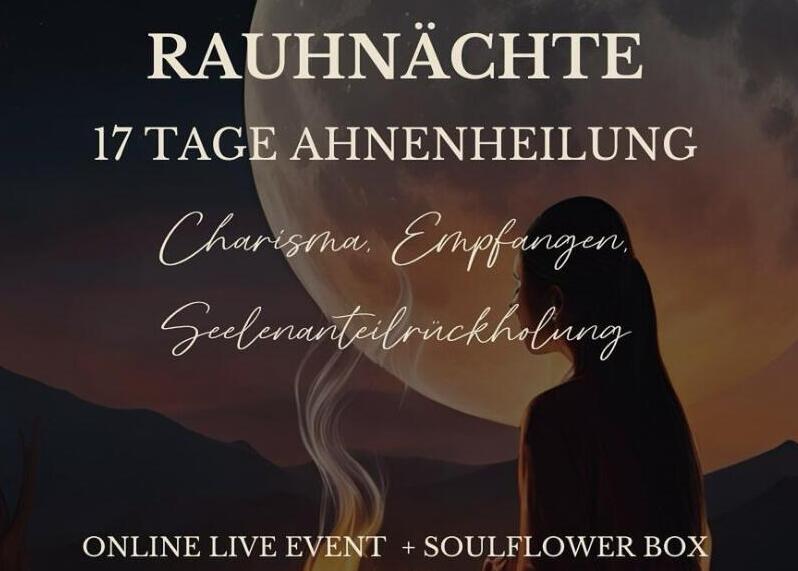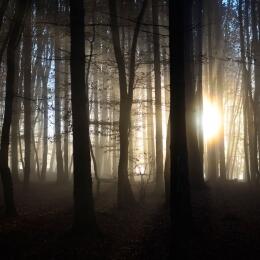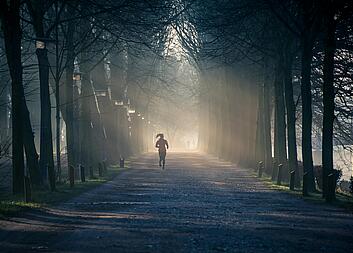The term "Rough Nights" refers to the twelve nights from Christmas Eve on December 24th to the Feast of the Three Kings on January 6th.
Depending on the region and spelling, the Rough Nights are also called "Rauchnächte" or "Raunächte." The etymology of the term "Rough Night" is not definitively proven. Some speculate that the name comes from the Middle High German word "rûch," meaning "hairy/furry," referring to the furry beings active during this time, while others are certain that the name derives from "Rauh" (wild) or "Rauch/Räuchern" (smoke/smoking). The tradition of the Rough Nights is rooted in Germanic and Celtic customs. In ancient times, people oriented themselves by the lunar cycle. A lunar year, based on a month of 29.5 days, spanned 354 days, thus being shorter than the solar year with 365 days. To compensate for the missing 11 days and 12 nights, the Celts added 11 additional intercalary days to the year. These days are considered to be "outside normal time" and, in a sense, do not exist. During this interim period, natural laws do not apply, and the veil between our world and the Otherworld – the realm of the deceased, ancestors, and spirits – becomes thinner. Therefore, the Rough Nights are considered the perfect time for manifesting.
Traditionally, the Rough Nights begin on the night of December 24th to 25th and end on the night of January 5th to 6th. These 12 nights have symbolic significance, as each represents a month of the upcoming year and foretells events of each respective month.
For many, however, the magical time starts with the "Sperrnächte," which begin each year on December 8th and last until December 20th. They are seen as a kind of review of the past year. The Rough Nights traditionally commence on the night of December 21st to 22nd, also known as the Winter Solstice or Thomas Night, which is the longest and darkest night of the year.






















